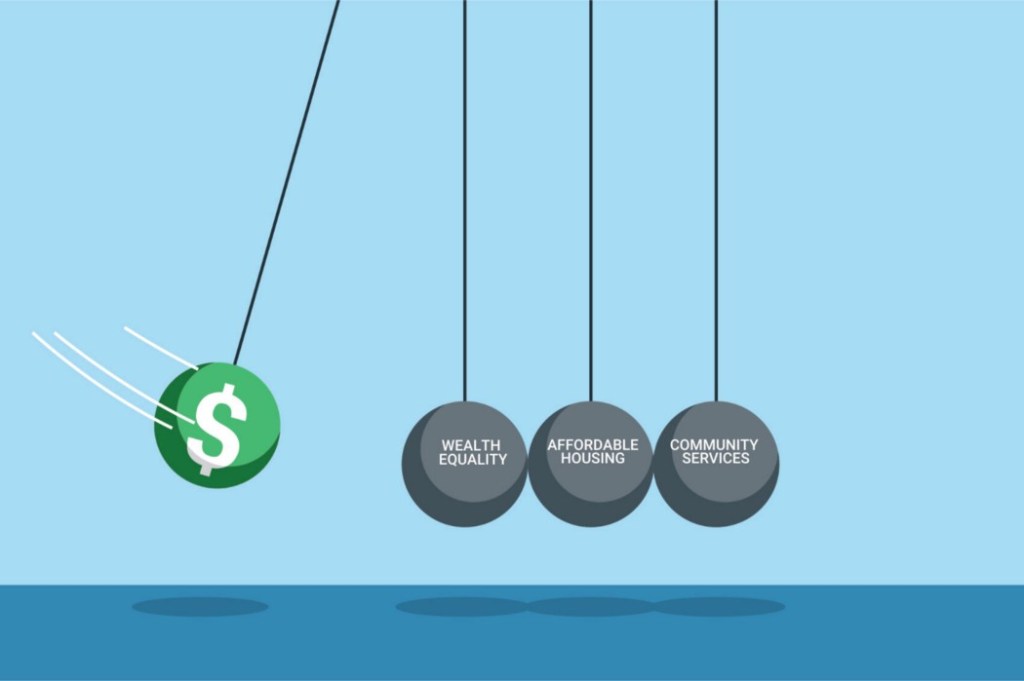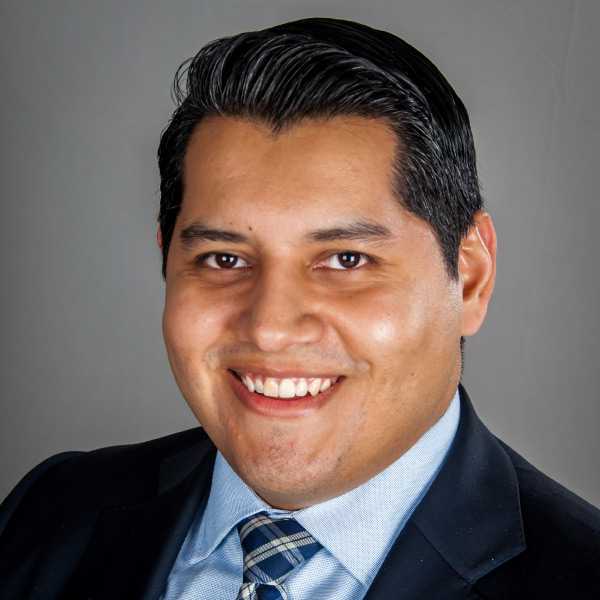
Clara Miller, president emerita of the F.B. Heron Foundation, will be the featured speaker at “Money and Mission: Creating 21st Century Capital Markets for Better Social Outcomes,” an event on May 17 focused on the potential to invest philanthropic dollars in a manner consistent with nonprofits’ missions.
Ahead of the event, we spoke with her about challenges related to the philanthropic model and where she’s seeing improvements. The conversation has been lightly edited and condensed for clarity.
Q: What do you see as the structural deficiencies of the foundation and nonprofit models?
Miller: Currently, the investing and the grantmaking sides of foundations operate in separate universes, sometimes at cross purposes. Endowments may hold investments in companies that undermine the work of the foundation’s grantees. And that structure reinforces the idea that a segregated model is the best or only way to operate.
On the grants/financing side, there is often a disconnect between grant-makers’ good intentions and the effects of the funds they provide. The amount and structure of funding has a material effect on its potential to succeed, but it’s routinely ignored. Most funders’ financial “tests” and so-called best practices — including restricted overhead rate, punitive reporting and evaluation requirements, restrictions on cash, etc. — are counterproductive.
Nonprofits earn roughly 70 to 90-plus percent of their revenue through contracts for services; most of those contracts are with government. But the contracts they operate under pose another set of challenges. Inflexible contracting practices by government and other partners coupled with regulatory complexity frequently result in contracts that earn nonprofits 56 to 73 cents on a dollar of cost.
For-profit companies would avoid the “deals” nonprofits take, on the reasonable grounds that it’s not possible to make money doing the work. But for a nonprofit leader, the motivation to meet the organization’s mission is strong, and they stay in the game and try to make do — even when deficits widen, driving additional expenses. If the nonprofit can’t fundraise enough to cover its deficits, it adapts. Typically, its manager cuts costs by not raising salaries, not refreshing program offerings, not upgrading support systems, and underfunding maintenance.
Nonprofits also do things that don’t scale well because of their dependence on humans — think nursing, orchestras, preschools, etc. Technology has not made volume and scale more affordable.
Q: What do you think needs to change at the policy/organizational level?
Miller: For enterprises providing social service, health, anti-poverty, education, and other services, the main third-party buyer is usually federal, state, or local government, although sometimes it’s an insurance company. Governments could provide nonprofits with better business terms.
There are different rules for nonprofits and for-profits providing services under government contracts. We see those differences in business terms, reimbursement rates, payment speed, working capital allowances, etc. A contract with, let’s say, a private prison provider, whose revenue is nearly 100 percent from government, looks very different from a contract for a women’s shelter, whose revenue is also likely 100 percent from government. The prison contract is much more profitable.
Government rules and regulations for nonprofits could better support efforts in achieving parity with for-profit contractors with respect to profitability, working capital, and payment speed. Government could also recognize the need for growth capital when a nonprofit is expanding to fill a growing need.
Government could provide or even require growth capital, possibly by matching donations from other funders. It could acknowledge and provide for the cost of growth when asking a nonprofit to do more. At one point, the federal government provided for growth capital for small businesses that were under contract — it could do the same for nonprofits.
Similarly, philanthropy — foundations and individuals — should provide nonprofits with growth capital. Foundations, in particular, can play an important role here since they don’t have enough money — even when assets are counted — to fund service delivery for the long term.
Foundation boards could also focus all resources — including 100 percent of their assets — on mission. This will entail changing their business model, including salary structure, investment policies, and staff training. Changing the compensation system to incorporate mission performance as well as financial performance for both program officers and investment managers would create incentives to balance mission and money.
Q: What organizations would you point to that are trying something different? What does good look like in this space?
Miller: This is a hard question. I’d draw your attention to those on our panel for May 17. I quickly reviewed the Winthrop Rockefeller Foundation’s audited financial statements and it makes me deeply appreciate the work Cory Anderson and his colleagues have done to build an “all-in” foundation. They are using more than their grant budget to move the needle on important issues. Extraordinary work by Geoffrey Canada and Andrea Levere at, respectively, Harlem Children’s Zone and Prosperity Now also speaks for itself.
Many Community Development Financial Institutions are working hard to provide nonprofits with all the types of capital they need. I could name several, but three come to mind immediately: Southern Bancorp, the Low Income Investment Fund, and my alma mater, the Nonprofit Finance Fund, or NFF. Their exemplary work during the pandemic made them a highly effective partner of government.
And then there’s the work of intermediaries and infrastructure organizations, such as B-Corp, Generation Asset Management, the Ellen MacArthur Foundation, DBL Partners, and SJF Ventures, which are working to integrate social mission and prosperous businesses of all sizes and industries.
Among donors, I have to single out the work of MacKenzie Scott, who is giving large sums without restrictions to high-performing organizations. It’s sad that this is a “new” approach, but it is that rare.
The May 17 event is presented by the New York Fed’s Community Development team, which has three areas of focus: health, household financial well-being, and climate risk. Read more about the event here.

Edison Reyes is a community development research and analysis associate in the Communications and Outreach Group at the New York Fed. He focuses on issues related to climate, household financial well-being, and workforce development.
This article was originally published by the New York Fed on Medium.
The views expressed in this article are those of the contributing authors and do not necessarily reflect the position of the New York Fed or the Federal Reserve System.










